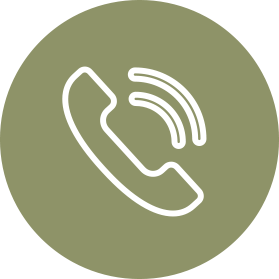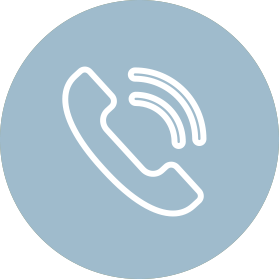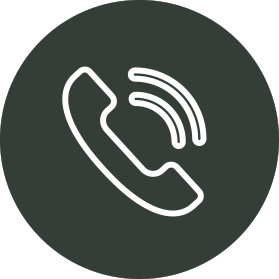How to Floss Your Teeth Properly

Flossing is an important part of caring for your teeth and your oral health. While brushing cleans the outside of your teeth, it’s not so good for getting in between your teeth. Flossing provides interdental cleaning so that you can make sure your whole mouth is clean.
While you might know that it’s important to floss, understanding how you’re meant to do it for the best results might not be so easy. Perhaps you try to floss but you’re not sure if you’re doing it correctly. If you don’t floss in the right way, you could actually hurt your teeth and gums instead of making them healthier. So what should you be doing to floss properly?
How to Floss
- Start by breaking off a suitable length of floss. You probably want a good foot and a half of floss (18 inches) or a bit more. Most of the floss should be held between or wrapped around your fingers. You only need a couple of inches to move between your teeth.
- Use your thumbs and index fingers to pull the floss tight and place it in between two teeth. Gently move it up and done, making sure you get both sides of your teeth.
- Avoid moving the floss into your gums as this could cause an injury.
- Curve the floss into a C shape close to your gums to allow you to floss between your gums and teeth safely.
- Repeat the same steps with each tooth, moving along your length of floss to use a clean section for each tooth.
How Often Should You Floss?
You know you should brush your teeth twice a day but how often should you floss? Most dentists recommend flossing at least once a day. Although you might think you should brush first, it’s actually better to start with flossing and then brush your teeth after to get rid of any debris.
What About Braces?
If you have metal braces, you might be intimidated by the idea of flossing. You don’t want to end up with floss stuck in your braces. It can be helpful to stand in front of a mirror so you can see what you’re doing. Thread the floss between your teeth and the main wire of your braces be as gentle as you can when flossing between your teeth. Be careful when removing the floss too so that you don’t disturb any wires.
What Should You Use to Floss?
There are a few tools you can use to floss. One of them is, of course, regular floss. You can choose between standard floss, which comes as a thin nylon strand. Or there’s dental tape, which is wider and flat, making it easier to handle. You can also consider super flosses, which have different parts for flossing different areas.
Another option is to look at tools like electric flossers or water flossers, which can make flossing easier for those who might have trouble handling normal floss. Disposable floss picks are also available and can help you get to hard-to-reach teeth.
Flossing doesn’t have to be difficult. You have a choice of tools available and you only need to do it once a day. Contact Boston Dental today to schedule an appointment with an experienced orthodontist.
 DOWNTOWN
DOWNTOWN SEAPORT
SEAPORT GOVERNMENT
GOVERNMENT

